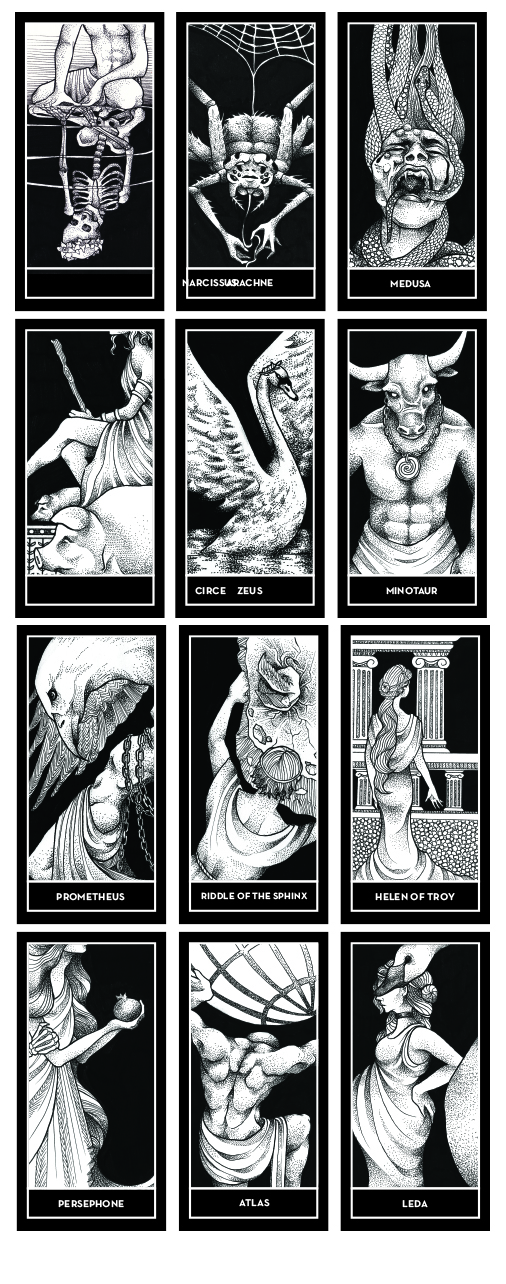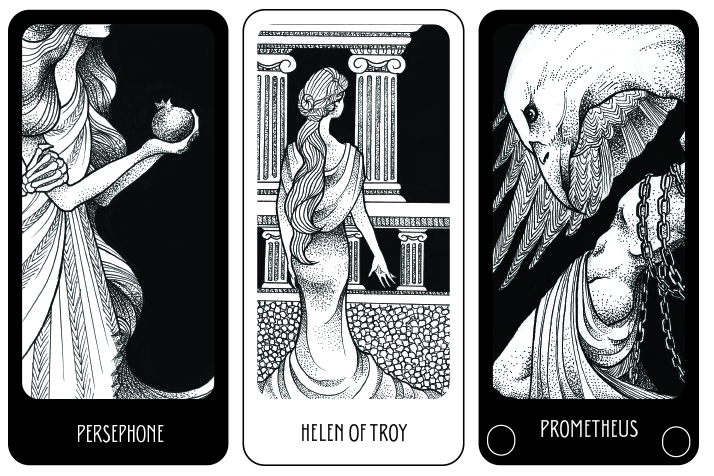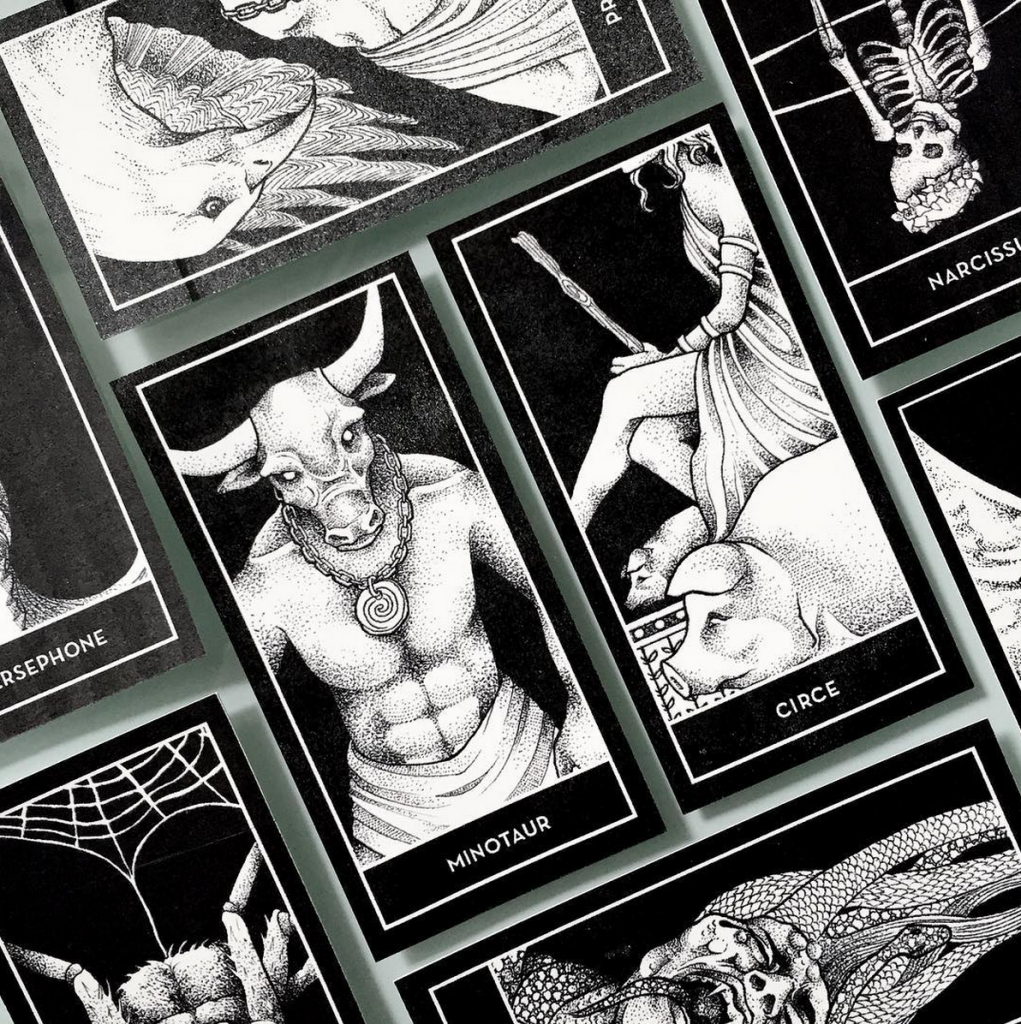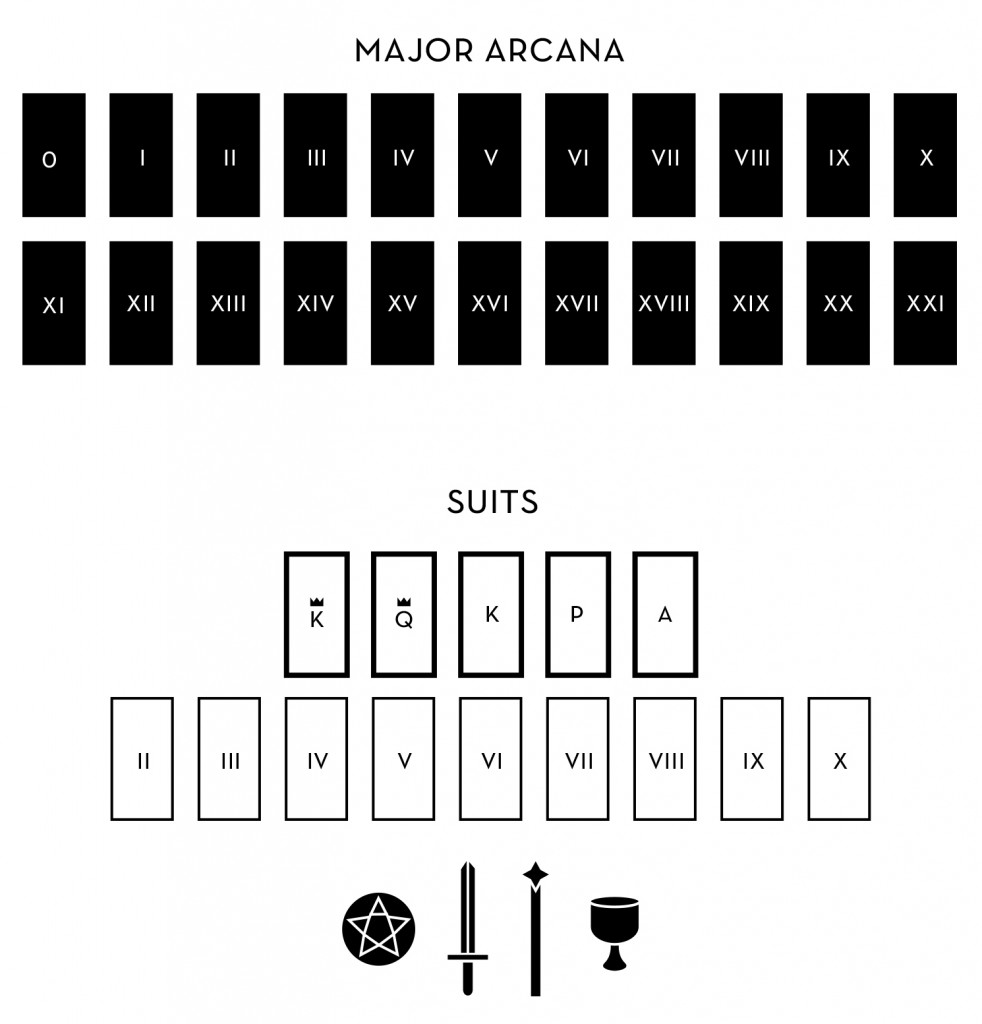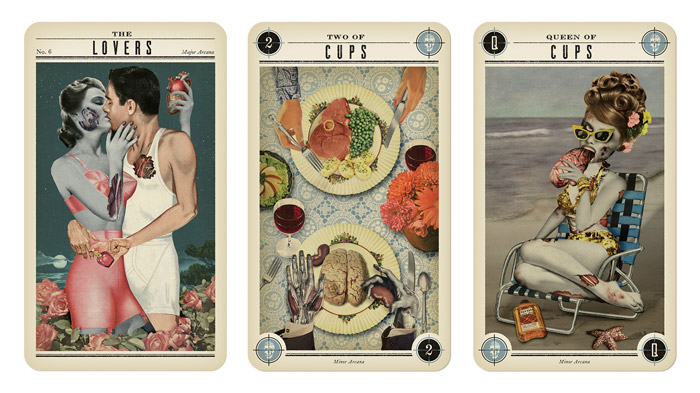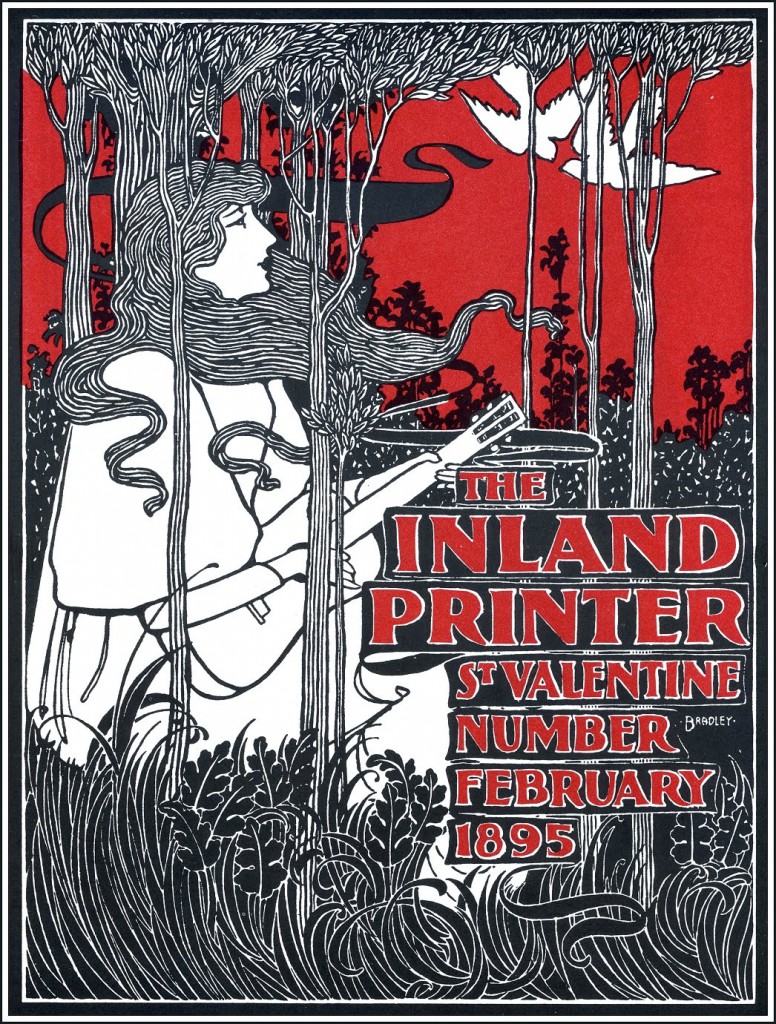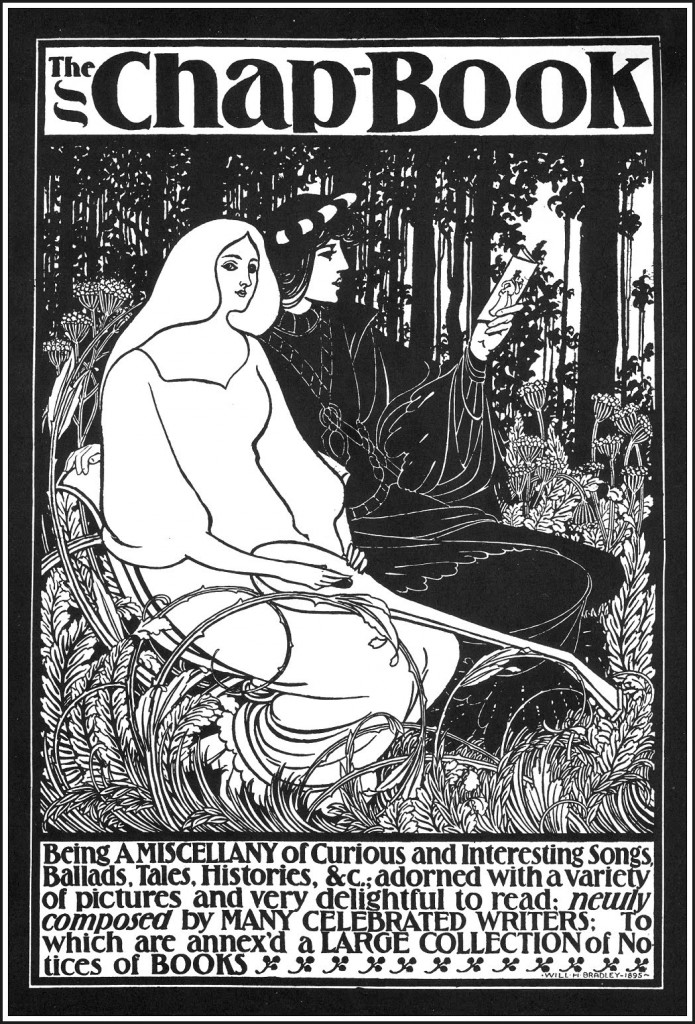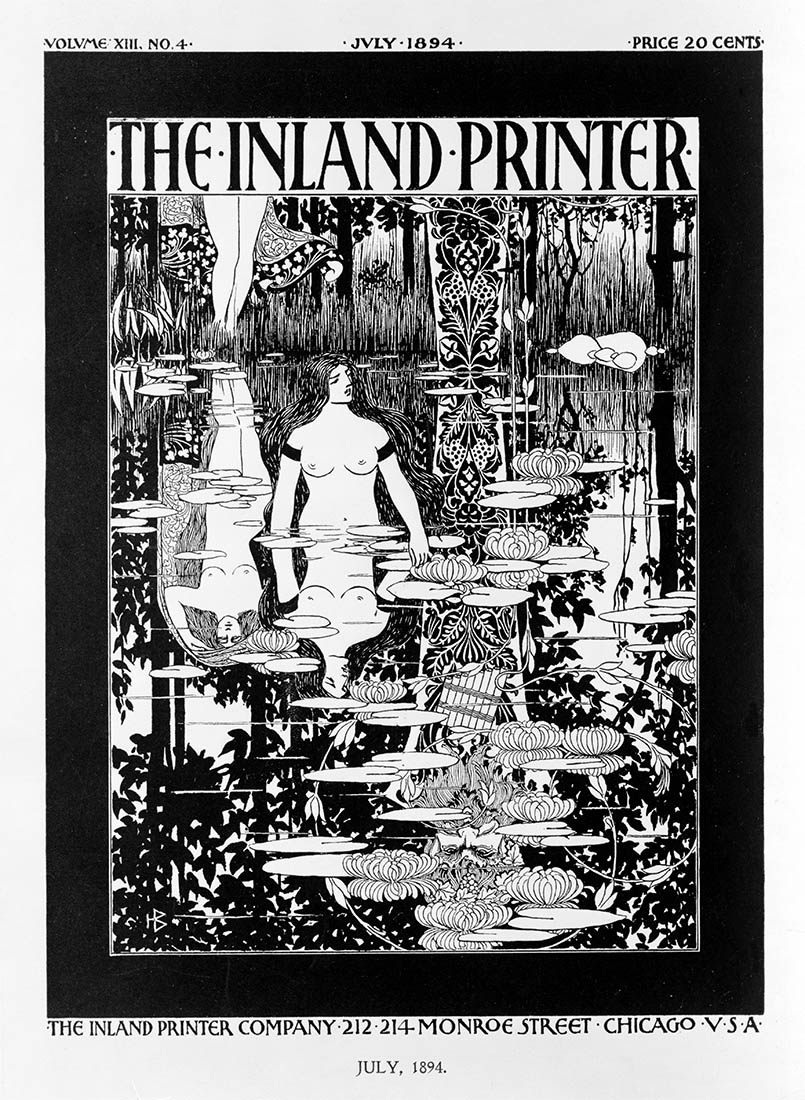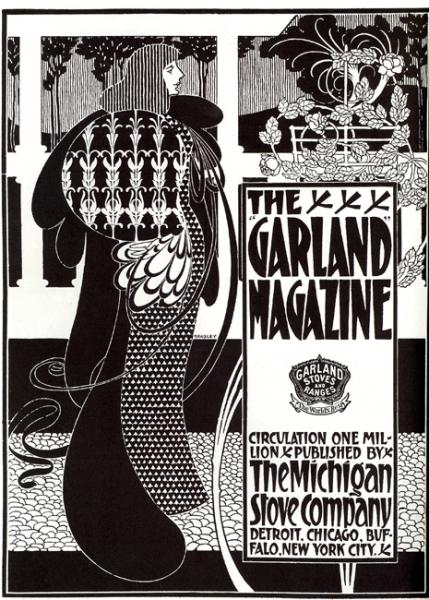Here’s an overview of my presentation so far:
Castor and Pollux – introducing the myth, which grounds the entire project
Duality – introducing the theme underlying the project
Reading – archetypes, twinless twins, human chimeras
Influences – books and artists that have influenced my approach
Mapping – the theme map I did earlier in the semester
Past projects related to Castor and Pollux – to show outcomes I’ve explored and ideas/work I’ve already looked at; Y3S2 projects, B’s birthday book, unfinished tarot deck
Timeline – showing planning
Bibliography – I failed to include this the last time round with the seniors!
Suggested questions – learned from Mindy’s presentation
I am including a lot of my past drawings in the slides and adopting the same type/grid approach I used for the calendar project. I use this a lot in my work and personal projects and it’s the most intuitive way for me to present my information in an organized manner that embodies the feel of my project. I’ll share more of my slides on Friday, and I’d welcome any feedback that helps me plug any gaps.











